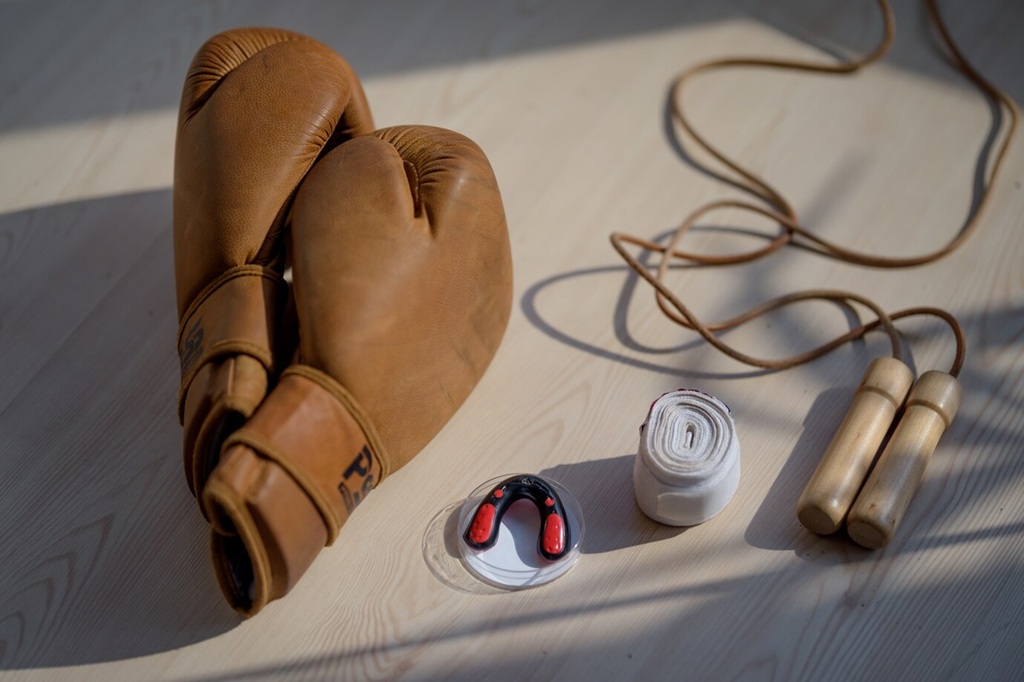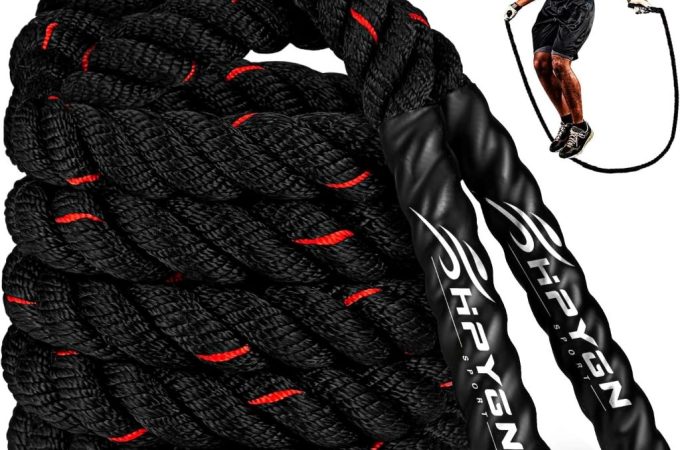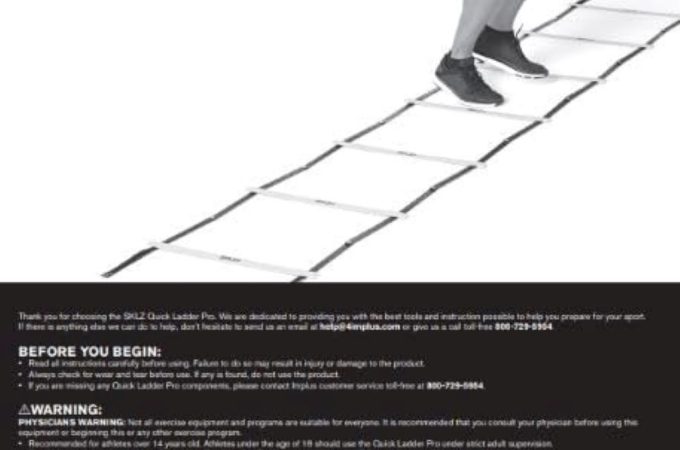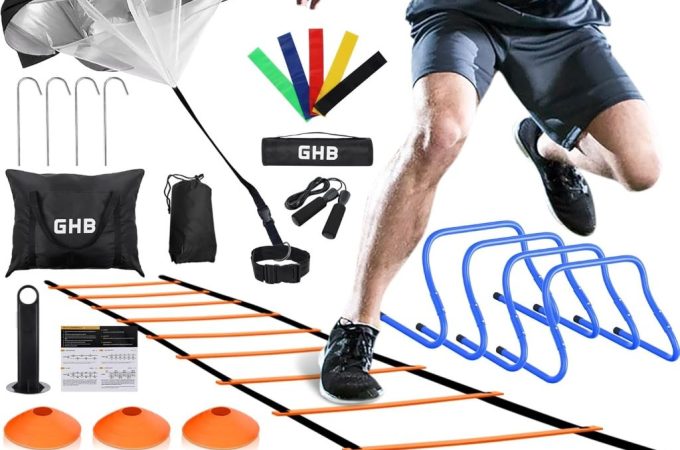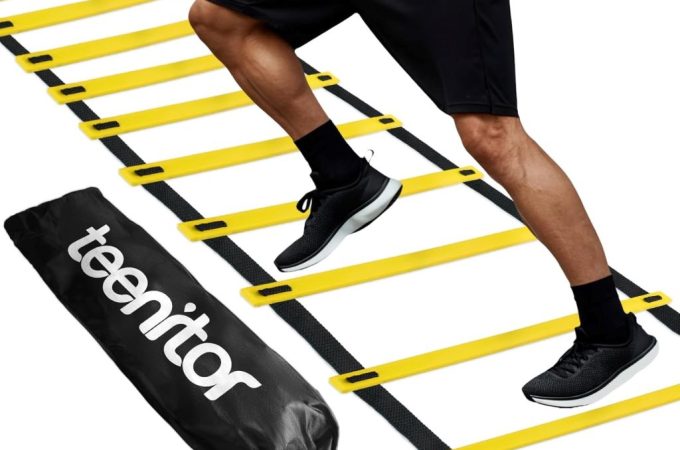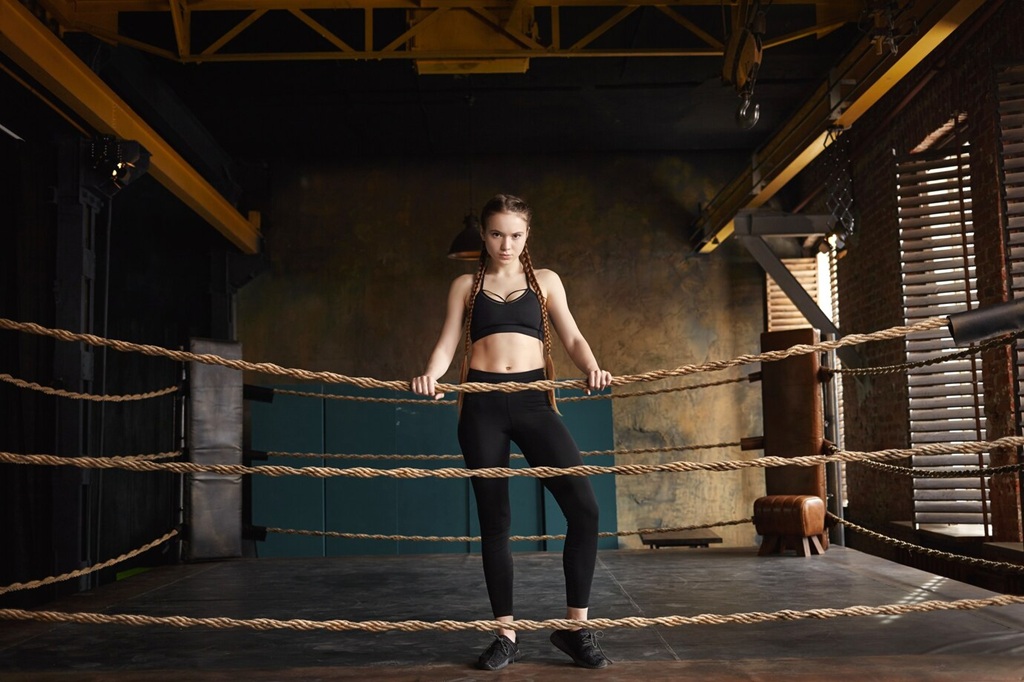
How Do You Use a Boxing Rope? Mastering the Hodag Rope for Peak Performance
Ever wondered how professional boxers achieve that incredible agility and endurance? Often, the answer lies in the simple yet powerful tool known as a boxing rope, sometimes called a Hodag rope. But how do you use a boxing rope effectively to reap its full benefits? This comprehensive guide will walk you through everything you need to know, from basic techniques to advanced drills, ensuring you get the most out of your rope training.
Contents at a Glance
ToggleUnderstanding the Boxing Rope (Hodag Rope)
The boxing rope, or Hodag rope, isn’t just a simple jump rope. It’s a specialized tool designed to enhance footwork, coordination, and cardiovascular fitness. Its weighted nature, often slightly heavier than a standard jump rope, provides an extra challenge, building strength and stamina.
- Benefits of Rope Training:
- Improved cardiovascular health.
- Enhanced footwork and agility.
- Increased coordination and rhythm.
- Boosted endurance and stamina.
- Calorie burning and weight management.
Getting Started: Basic Techniques
Before diving into complex drills, mastering the basics is crucial. Let’s break down the fundamental techniques to ensure a solid foundation.
Proper Rope Length and Stance
- Rope Length: Stand on the middle of the rope. The handles should reach your armpits. Adjust accordingly.
- Stance: Stand with your feet shoulder-width apart, knees slightly bent, and maintain a relaxed posture. Your elbows should be close to your sides.
Basic Jump Techniques
- Two-Foot Jump: This is the foundational jump. Keep your feet together and jump just high enough to clear the rope.
- Alternate Foot Jump: Shift your weight from one foot to the other, mimicking a running motion. This improves coordination and footwork.
- Heel-Toe Jump: Alternate between landing on your heels and toes, adding a rhythm and enhancing agility.
Intermediate Rope Drills for Enhanced Performance
Once you’ve mastered the basics, it’s time to elevate your training with intermediate drills. These techniques will push your limits and improve your overall boxing prowess.
Speed and Endurance Drills
- Double Unders: The rope passes under your feet twice per jump. This requires speed and precision.
- High-Intensity Interval Training (HIIT): Alternate between periods of high-speed jumping and brief rest periods. This significantly boosts cardiovascular fitness.
- Continuous Jumping: Maintain a consistent jumping rhythm for extended periods, building endurance.
Footwork and Coordination Drills
- Lateral Jumps: Jump from side to side, improving lateral agility and footwork.
- Forward and Backward Jumps: Jump forward and backward, enhancing directional agility.
- Cross-Over Jumps: Cross your arms while jumping, improving coordination and rhythm.
Advanced Rope Techniques for Boxing
For seasoned boxers and fitness enthusiasts, advanced rope techniques offer a challenging way to refine skills and push boundaries.
Complex Footwork Patterns
- Shuffle Steps: Integrate shuffle footwork patterns while jumping, mimicking boxing footwork.
- Figure Eight Jumps: Move in a figure-eight pattern while jumping, enhancing agility and coordination.
- Combination Drills: Combine various footwork patterns with speed and endurance drills for a comprehensive workout.
Weighted Rope Training
- Using a heavier Hodag rope can greatly increase the intensity of workouts, building muscle and power.
- It is important to progressively increase the weight of the rope to avoid injury.
Related: Jump Rope Renaissance: Unleashing the Power of Weighted Ropes
Integrating Rope Training into Your Boxing Routine
Rope training should be a staple in any boxer’s routine. Here’s how to effectively integrate it:
- Warm-up: Start with 5-10 minutes of basic rope jumping to warm up your muscles.
- Skill Development: Dedicate specific sessions to mastering new techniques and drills.
- Conditioning: Incorporate rope training into your HIIT workouts for intense cardiovascular conditioning.
- Cool-down: Finish with a few minutes of light rope jumping to cool down and improve recovery.
Safety and Injury Prevention
- Proper Footwear: Wear supportive athletic shoes to prevent ankle injuries.
- Warm-up and Cool-down: Always warm up before and cool down after rope training.
- Proper Technique: Focus on proper technique to avoid strain and injury.
- Progressive Overload: Gradually increase the intensity and duration of your workouts.
- Listen to your body: If you feel pain, stop and rest.
Choosing the Right Boxing Rope
Selecting the right rope is crucial for optimal performance. Consider these factors:
- Material: Leather, PVC, and steel ropes offer different levels of durability and speed.
- Weight: Weighted ropes provide an extra challenge, while lighter ropes are ideal for speed.
- Handle Design: Ergonomic handles enhance grip and comfort.
Related: How to Jump Rope Like a Boxer: Master the Ropes with Expert Techniques
Maximizing Your Rope Training Results
To maximize your results, consistency and dedication are key.
- Set Goals: Establish clear goals and track your progress.
- Vary Your Routine: Incorporate different drills and techniques to keep your workouts engaging.
- Stay Consistent: Aim for regular rope training sessions to see significant improvements.
- Proper Diet and Rest: Combine rope training with a balanced diet and adequate rest for optimal results.
How do you use a boxing rope to its fullest potential? It’s about combining technique, consistency, and dedication. Whether you’re a seasoned boxer or a fitness enthusiast, incorporating rope training into your routine will yield significant benefits.
Call to Action: Ready to elevate your boxing performance? Start incorporating these rope training techniques into your routine today and witness the remarkable improvements in your agility, endurance, and overall fitness. Share your progress and tips in the comments below!

